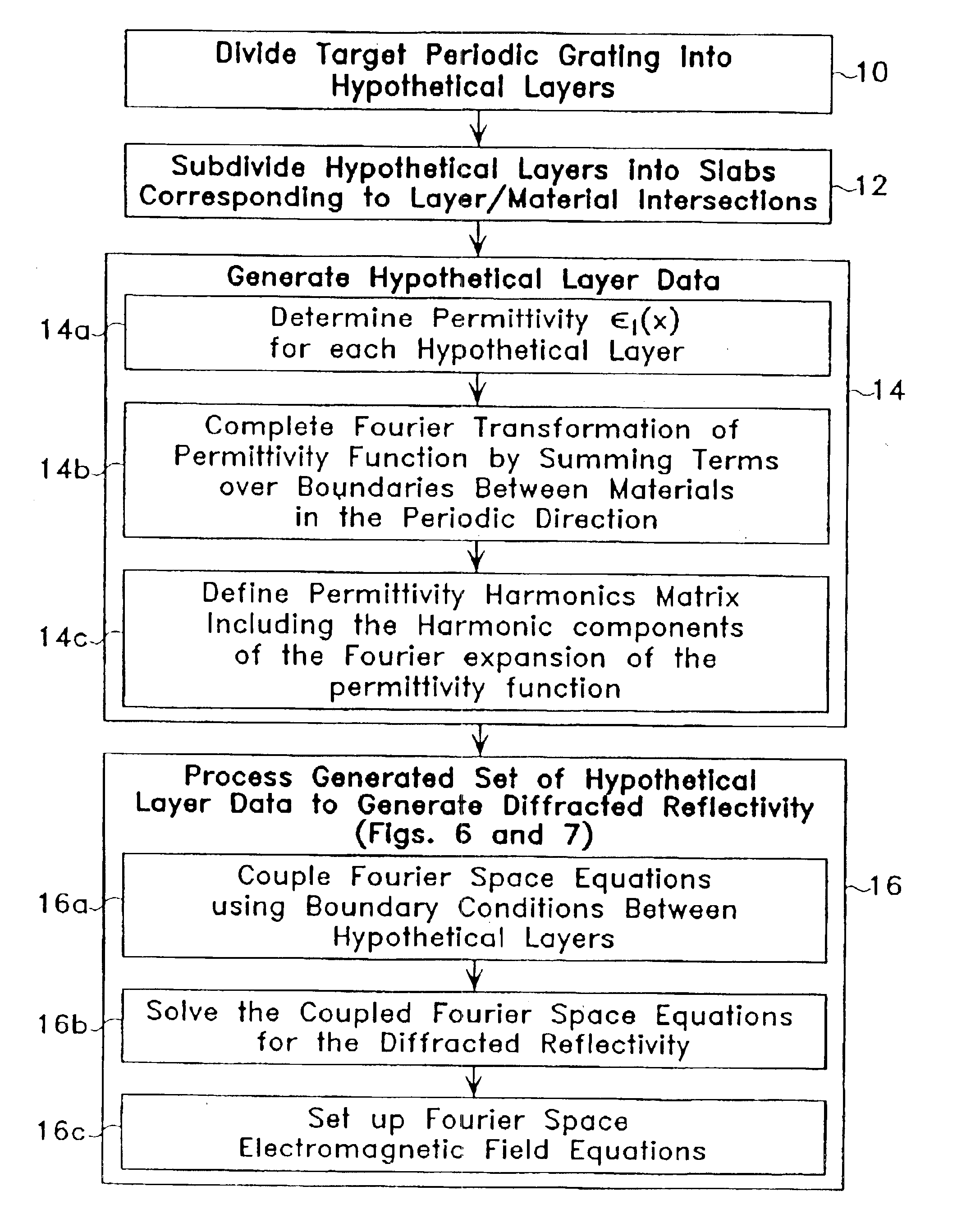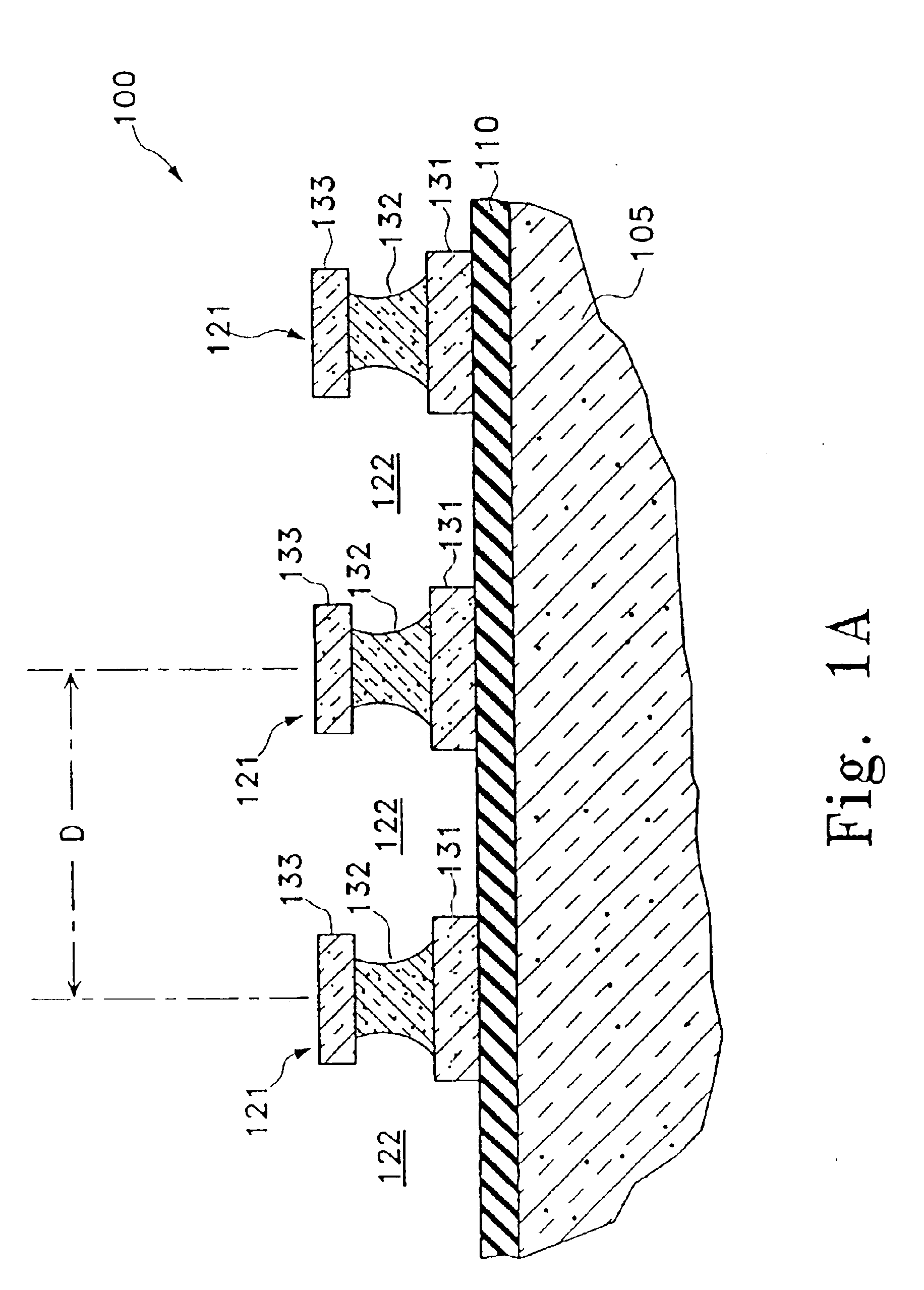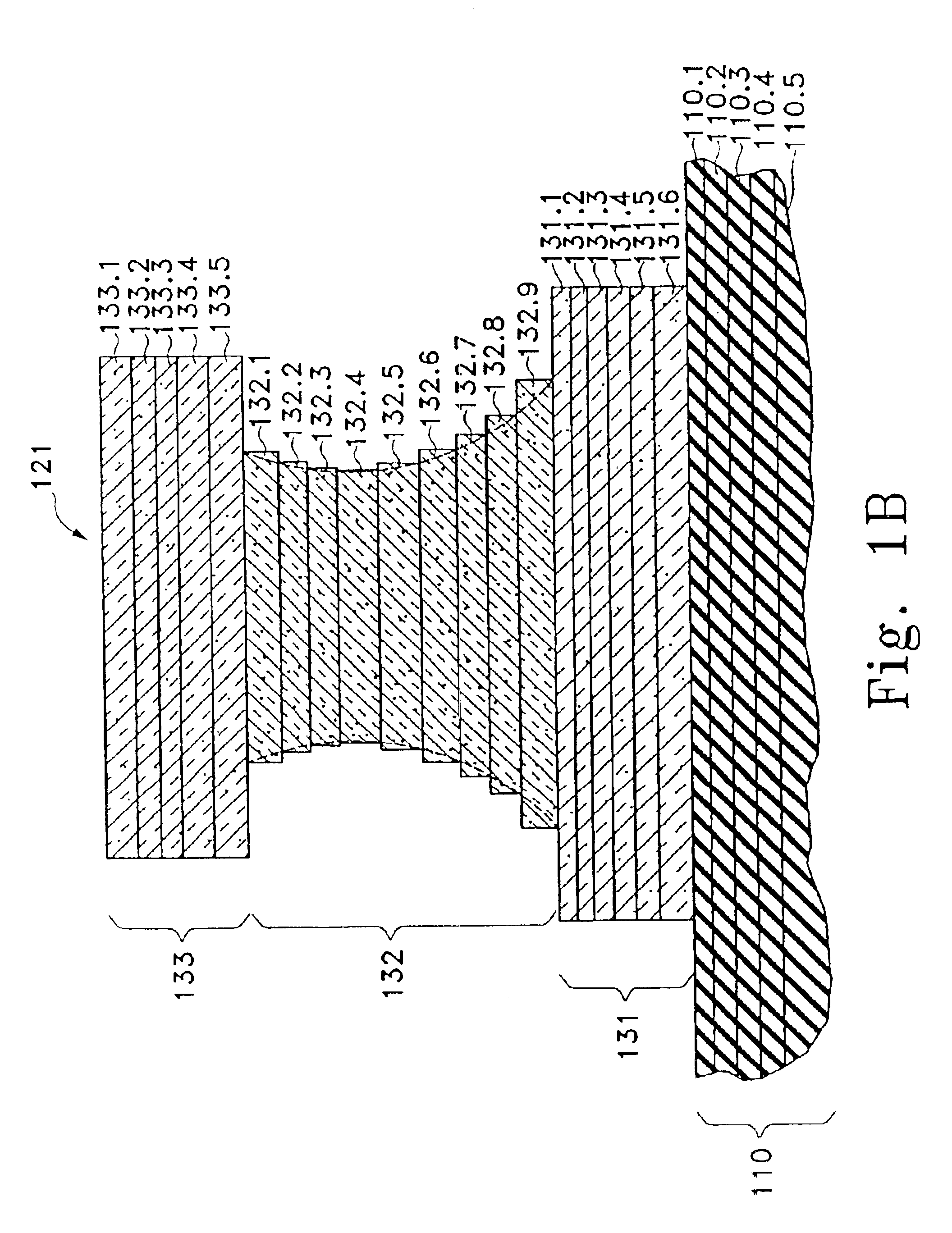Optical profilometry of additional-material deviations in a periodic grating
a technology of additional materials and periodic gratings, which is applied in the direction of optical elements, instruments, chemical methods analysis, etc., can solve the problems of difficult formation of precise structures, limitations in current fabrication technologies, and constant pressure on the semiconductor microchip industry to reduce the dimensions of semiconductor devices
- Summary
- Abstract
- Description
- Claims
- Application Information
AI Technical Summary
Benefits of technology
Problems solved by technology
Method used
Image
Examples
Embodiment Construction
The present invention relates to metrology of additional-material deviations and deviations in a direction transverse to the critical dimension using a diffraction calculation technique. A system and method in accordance with the present invention can be used for the measurement of one-dimensionally periodic surface profiles, particularly where the surface profile has three or more materials along at least one line in the periodic direction.
FIG. 4 is a diagram of a section of a periodic grating 600. The section of the grating 600 which is depicted includes three ridges 621 which are shown as having a triangular cross-section. It should be noted that the method of the present invention is applicable to cases where the ridges have shapes which are considerably more complex, and even to cases where the categories of “ridges” and “troughs” may be ill-defined. According to the lexography of the present specification, the term “ridge” will be used for one period of a periodic structure on...
PUM
 Login to View More
Login to View More Abstract
Description
Claims
Application Information
 Login to View More
Login to View More - R&D
- Intellectual Property
- Life Sciences
- Materials
- Tech Scout
- Unparalleled Data Quality
- Higher Quality Content
- 60% Fewer Hallucinations
Browse by: Latest US Patents, China's latest patents, Technical Efficacy Thesaurus, Application Domain, Technology Topic, Popular Technical Reports.
© 2025 PatSnap. All rights reserved.Legal|Privacy policy|Modern Slavery Act Transparency Statement|Sitemap|About US| Contact US: help@patsnap.com



